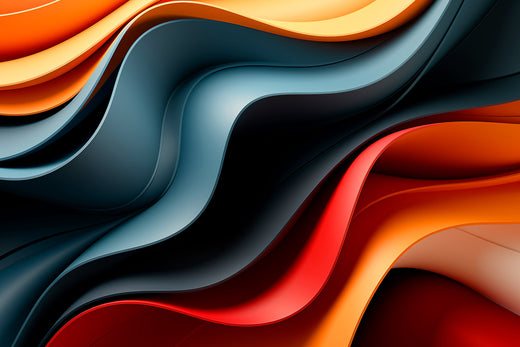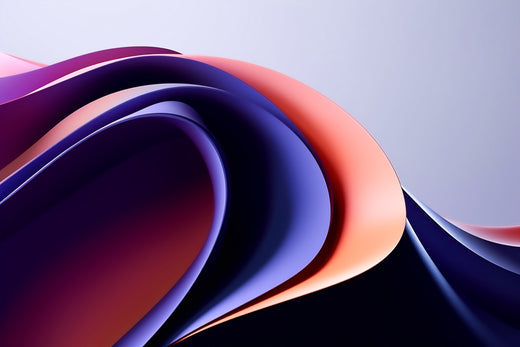
What Are the Disadvantages of Sublimation Printing?
Sublimation printing has become a popular choice for crafters and businesses due to its ability to produce high-quality, vibrant designs. However, like any printing method, it’s not without its challenges. Understanding the disadvantages of sublimation printing is essential to help you make informed decisions and maximize its potential. Here’s a breakdown of the key drawbacks you should know about:
1. Limited to Polyester and Polymer-Coated Surfaces
One of the biggest limitations of sublimation printing is that it works exclusively on polyester fabrics or items with a polymer coating. While this is perfect for printing on t-shirts, mugs, or phone cases, it can be restrictive if you want to work with natural fabrics like cotton or surfaces without a special coating.
Why is this a challenge?
- Polyester garments may not always align with customer preferences for natural fabrics.
- Items like wood or metal require additional preparation (like coatings), which can increase costs and effort.
2. Not Suitable for Dark Surfaces
Sublimation works by infusing dye into the material, which makes it unsuitable for dark or black-colored surfaces. The process doesn’t involve white ink, so any white areas in your design rely on the base color of the substrate. On dark items, designs can appear muted or invisible.
What does this mean for you?
- You’re limited to printing on white or light-colored surfaces to achieve vibrant and accurate colors.
- If dark fabric printing is essential, you may need to explore other methods like screen printing or direct-to-garment (DTG).
3. Requires Special Equipment and Materials
Starting with sublimation printing requires an upfront investment in specialized equipment and materials, including:
- A sublimation printer
- Sublimation ink
- Heat press machine
- Sublimation blanks (polyester-based or polymer-coated products)
Why is this a drawback?
For beginners or small businesses, the initial cost may seem high compared to other printing methods. Additionally, you need to ensure regular maintenance of the equipment to avoid clogging or other technical issues.
4. Limited to Smaller Printing Areas
Sublimation printing is typically best for smaller items like mugs, phone cases, or apparel. Large-scale designs, such as those spanning across an entire fabric roll, can be challenging due to size restrictions of most sublimation printers and heat presses.
What are the implications?
- If you aim to print large banners or oversized designs, sublimation may not be the most efficient option.
- Scaling up production for larger items often requires more advanced (and expensive) equipment.
5. Environmental Sensitivity
Sublimation printing requires precise environmental conditions to ensure the best results. High humidity, extreme temperatures, or dust can interfere with the printing process, leading to smudges, fading, or inconsistent designs.
How does this affect your workflow?
- You may need to invest in a controlled work environment to prevent issues.
- Unstable conditions can slow production or reduce quality, which might frustrate customers.
6. Durability Depends on the Substrate
While sublimation produces vibrant, long-lasting prints on compatible materials, the durability of your product is ultimately tied to the substrate itself. For example:
- Polyester garments may pill or wear out over time, affecting the overall quality of the design.
- Sublimation prints on coated surfaces, like mugs, can fade if the coating deteriorates or isn’t dishwasher-safe.
How to Overcome These Challenges
While these disadvantages may seem limiting, there are ways to mitigate them:
- Expand Your Substrate Options: Use cotton sublimation sprays or polymer coatings to expand the types of materials you can print on.
- Explore Alternative Techniques: Combine sublimation with other methods like vinyl heat transfer for dark fabrics or natural materials.
- Invest Wisely: Start with beginner-friendly sublimation kits to minimize initial costs and grow your equipment as your business scales.
Is Sublimation Printing Right for You?
Despite its limitations, sublimation printing remains an excellent choice for producing high-quality, customizable designs with vibrant colors and durability. If your business focuses on light-colored polyester products, sublimation can offer unparalleled results.
Ready to dive into sublimation? Explore Craft Express’s collection of sublimation printers, heat presses, and high-quality blanks to start your creative journey today! Check out our beginner's guide to sublimation or browse our topsublimation tools to get started.
By being aware of the disadvantages of sublimation printing and addressing them strategically, you can unlock its full potential and achieve stunning, professional-quality results!




Leave a comment
This site is protected by hCaptcha and the hCaptcha Privacy Policy and Terms of Service apply.